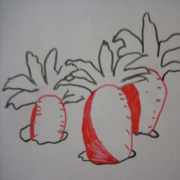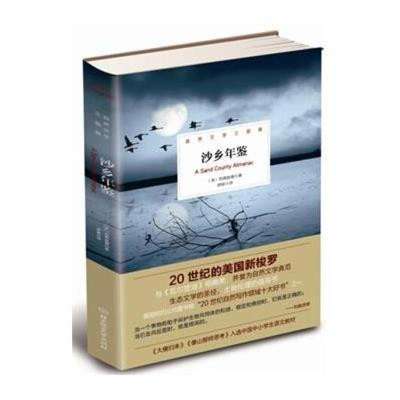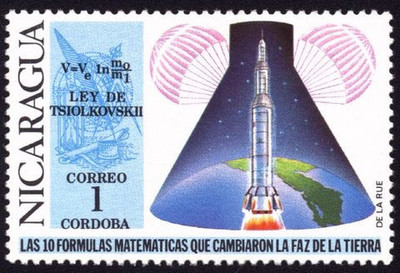关于“整体语言教学法”(Whole LanguageApproach)
黄树生(无锡市教育研究中心)
The term Whole Language was created in the 1980sby a group of U.S. educators concerned with the teaching of language arts(Richards & Rodgers, 2001). The Whole LanguageApproach emphasizes learning to read and write naturally with afocus on real communication and reading and writing for pleasure.In the 1990s, it became popular in the United States as amotivating and innovating way of teaching language arts skills toprimary school children. It shares a philosophical andinstructional perspective with Communicative Language Teachingbecause it emphasizes the importance of meaning and meaning makingin teaching and learning. It also relates to natural approaches tolanguage learning since it is designed to help children and adultslearn a second language in the same way that children learn theirfirst language.
Whole Language advocates believe that languageshould be whole, meaningful, and relevant to the learners (Goodman,1986). Therefore, the appropriate materials are what children needor want to read or write, and the curriculum should be authenticand integrated. Cerbus and Rice (1995) explained that a wholelanguage classroom provides a print-rich environment in whichchildren learn to use and enjoy written and spoken languagenaturally. In a whole language program, skill development andenrichment activities are arranged around a literary experience.Instead of teaching reading, language, writing, spelling, andspeaking as separate units, the teacher relates all of these to aparticular book, story, or poem. Reading is supported withactivities that combine listening, writing, speaking, andillustrating. Bergeron (1990) found that Whole Language wasdescribed differently in sixty-four articles. Only four classroomfeatures were mentioned in more than fifty percent of the articles.They are the use of literature, the use of process writing, theencouragement of cooperative learning among students and theconcern for students’ attitude.
As this study adapted the philosophies of WholeLanguage Approach, literature related to the materials andactivities used in a whole language classroom, including picturebooks, reading aloud, reading-writing connections and skillintegration, will be reviewed in the followingparagraphs.
整体语言教学法(Whole LanguageApproach)的理论首先强调整体。在语言教学中,虽然我们常把语言分成“听、说、读、写”4个部分,但是实质上,语言是包含这4个部分的不可分割的整体。同样,幼儿在家里学习语言,也不是从零零碎碎的片断开始的,而是从听懂父母用完整的句子传递过来的完整的意思开始,然后为了自身的需要和一定的目的,慢慢学着开口,用语言表达自己的意思。事实证明,幼儿在这种自然环境中把语言当作一个整体来学习,从来都是相当成功的。
整体语言教学法的理论,除了把语言本身看作是个整体以外,还把语言教学的范畴推广到与学生生活有关的其他各个方面。语言教学要和文化、社区相结合,教师要和学生相结合。学习语言的目的是为了满足学生现实生活中的真实需要,为了能够进行有意义的人际交流,解决生活中的实际问题,不是为了学习语言而学习语言。
主要特点
“单元主题”(ThematicUnit)是整体语言教学法中的重头戏。单元主题的含义是:在一个确定的单元时间教程中,例如一、两个星期内,所有的教学科目都围绕着同一个主题来进行。设计单元主题之前,首先要对自己的教学对象做到心中有数。教师应详细了解学生的特点,例如:学生的年龄、性别、年级、英语程度、家庭环境等,还有,学生的兴趣爱好、特长和弱点等等。
确定了教学对象以后,第二步是选择主题。选择主题首先要考虑学生的兴趣,并使它符合学生的知识背景。其次要考虑这个主题是否具有一定的“粘合力”,能否将各门科目结合在一起,组成一个完整的教学单元。例如:选择“植物”做主题,可以利用学生过去的生活经验和知识背景。而且,用“植物”这个题目来贯穿中文、英文、数学、科学常识、地理、音乐、美术各科目是可以做到的。要注意的是,不是任何题目都可以拿来做单元主题的。题目太大、太笼统、太抽象不合适,如:“世界”、“哲学”、“心理”等。题目太小、太专门也不合适,如“笔记本”、“字典”等。
有了合适的题目,接下来就该通盘考虑整个教学过程了。精心设计单元开头的第一课和第一个活动很重要。要在单元一开始就抓住学生的注意力,激发学生的学习兴趣,引起学生的求知欲。教师可以邀请家长和社区里的专业人士到班上来演讲,也可以安排外出参观访问,如:观看戏剧、电影,参观科学馆、博物馆,参加科学实验或艺术节的活动等等。

单元主题结束时,可以在教室里建立一个主题学习中心,让学生把在这个单元学习过程中收集的资料、自己的作业等全部汇集在一起,展示出来。这样做,便于学生互相学习观摩,使学生对自己的学习成果产生一种成就感。同时,学生也有机会在一个很自然的环境中作自我评估,检查自己的进步和不足之处。
一个单元主题的教学时间一般来说以一到两星期为佳。若单元太短,不足一星期,不容易把众科目有机结合到一起。倘若单元太长,内容过多,学生不容易掌握,使他们失去兴趣,产生厌烦情绪。此外,一个单元占用太多的教时,会影响正常的教学进度。
在过去的几十年里,整体语言教学法是ESL(English as a Second Languae)教学的主力,不光在美国,在澳大利亚。加拿大、英国和新加坡等英语国家都十分流行。整体语言教学法的优势在于:它能够使一个主题概念多角度、多层次地反复重现,使学生有机会把过去的知识和经验与今天的学习任务结合起来,使新旧知识在头脑里形成网状记忆、网状联想,使英语学习的质量发生飞跃。
二〇一一年五月六日
 爱华网
爱华网



